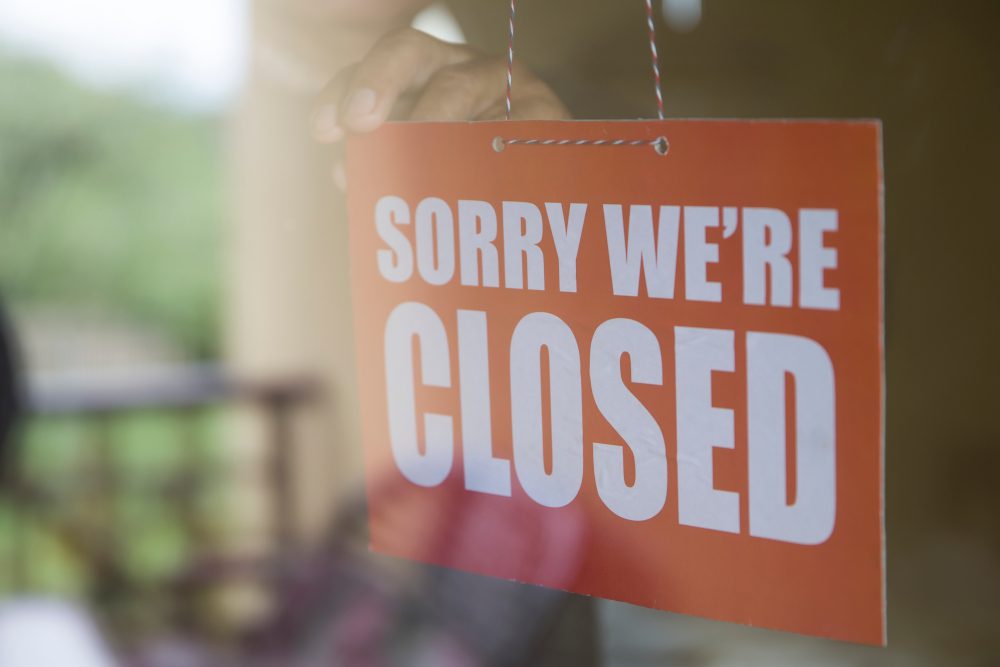Risk frameworks, due diligence protocols, and third-party audits are designed to prevent failure. Yet in fragile economies and high-risk environments, even projects that pass every formal test can collapse without warning. Why? Because standard evaluation tools often miss the very dynamics that define real-world resilience. Institutional failure is rarely caused by missing paperwork. More often, it stems from unseen dependencies, informal power structures, or social fatigue that no dashboard can detect.
The Limits of Passing Scores
Most due diligence processes are optimized for document compliance, financial coherence, and legal clarity. These frameworks are essential but incomplete. A project may present well on paper while quietly accumulating stress: over-reliance on a single stakeholder, unspoken resistance from the community, or internal dynamics masked by hierarchy. Passing the test means the model worked in theory. It says nothing about lived conditions on the ground.
What the Tests Don’t Measure
Standard project reviews often fail to capture:
-
Informal veto power exercised by actors outside the governance structure
-
Burnout or quiet attrition within frontline teams
-
Community disengagement masked by formal cooperation
-
Dependency on political cover that can evaporate overnight
-
Signals of fatigue—in systems, staff, or infrastructure
When these variables shift, collapse happens fast—and often without formal warning.
The Illusion of Redundancy
Many projects believe they’ve built in safeguards: backup suppliers, secondary approval processes, reserve funds. But these often rely on the same underlying ecosystem. If trust, legitimacy, or political alignment falters, those backups fail simultaneously. The redundancy is theoretical, not operational. Resilience must be tested in context, not in abstraction.
The Problem With Overconfidence
When a project “passes every test,” leadership can become resistant to bad news. Internal feedback is dismissed as anecdotal. Critical voices are sidelined as disloyal. Early warning signs—budget hesitations, procedural workarounds, stakeholder silence—are framed as noise. Overconfidence becomes blindness. Risk is not just missed. It is actively disqualified.
Collapse as an Institutional Pattern
Failure is rarely a singular event. It is the final step in a sequence of ignored signals and unexamined assumptions. Teams must be trained to ask:
-
What signals are not included in our monitoring tools?
-
Who has the power to slow this project without official status?
-
Where does staff morale stand outside of meetings?
-
If our political or donor environment shifted tomorrow, what falls first?
These questions don’t show up on pass/fail assessments—but they often predict what’s next.
What To Do When It Still Fails
If collapse happens despite every safeguard:
-
Conduct a real post-mortem—led externally if needed
-
Map the informal ecosystem, not just the formal partners
-
Document friction points that never made it into reports
-
Interview internal dissenters, not just core staff
-
Translate lessons into policy, not just narratives
Learning is not automatic. It requires institutional willingness to name the gap between theory and reality.
Final Thoughts
Passing every test should never be mistaken for immunity. Especially in fragile markets, success on paper can mask structural fragility. Collapse is not a failure of compliance. It is a failure of awareness. Building truly resilient institutions means learning to read what the standard frameworks were never designed to measure. Because when collapse comes, it rarely announces itself with a missing form. It begins where no one thought to look.







